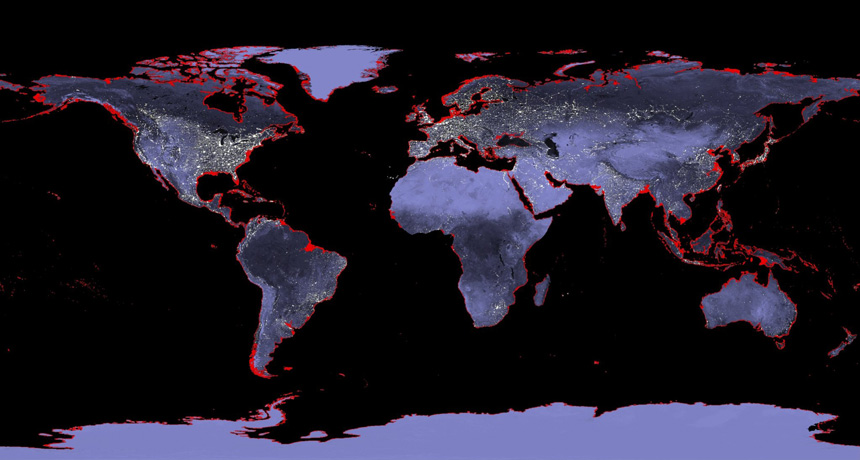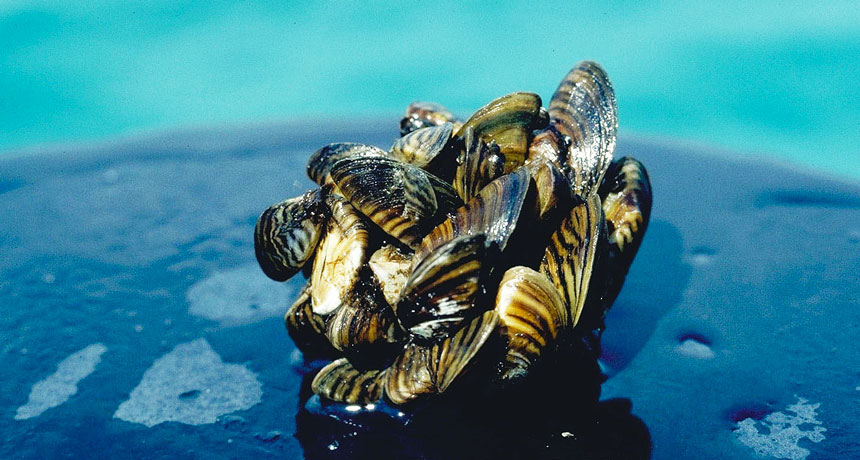Losing tropical forest might raise risks of human skin ulcers, deformed bones

Clearing tropical forests may raise the risk of people being exposed to a gruesome disease called Buruli ulcer, a new study suggests.
Mycobacterium ulcerans, the bacteria that cause Buruli skin lesions and bone deformities, can thrive in a wide range of wild creatures, especially tiny insects grazing on freshwater algae, says Aaron Morris, now at Imperial College London. Surveying more than 3,600 invertebrates and fish from both pristine forests and cleared land in French Guiana, Morris and colleagues found the bacteria flourishing in altered landscapes. As species are lost from once-complex food webs, there’s an intermediate zone where bacteria-friendly species thrive, Morris and colleagues propose online December 7 in Science Advances.
When people push into tropical forests to build farms, roads and towns, the food web of the forest grows simpler, Morris says. Aquatic predators that once kept smaller predators and grazers in check have dwindled, the analysis suggests. This shift in the food web allows some grazers that bacteria multiply abundantly in to thrive in the environment. Thus people might face more risk of picking up the disease. (The exact routes of transmission aren’t clear, according to the U.S. Centers for Disease Control and Prevention.)
Yet the relationship between forest loss and bacterial boom times isn’t a straight line, the researchers found. As people change the landscape even more drastically toward urbanization, the niches for the bacteria-carriers appears to start shrinking again. This may mean that some of the bacteria’s favorite hosts are dwindling away, too.
Other work has examined the way that landscape change affects people’s risks of catching infectious diseases, says Kate Jones of University College London, who has studied Lassa fever in Africa. Yet she cautions that recent research suggests that the interplay of infectious disease and disturbance depends strongly on the location. Some evidence has linked degraded ecosystems to rising numbers of small rodents that spread, for instance, Lyme disease. But in cases with diseases spread by monkeys and apes, their habitat needs mean they tend to be among the first animals to disappear as people take over land, taking particular disease risks with them.
Just how the rise in bacteria for Buruli ulcer translates into numbers of human cases will take more study. The new study focused on the animals and landscape and did not look at human prevalence of the disease. Worldwide, some 5,000 to 6,000 new cases of Buruli ulcer are reported each year from a total of 15 countries, says the CDC. The disease is also found in at least 18 more countries not included in the statistics. Buruli ulcer can occur in temperate as well as tropical regions but is especially a risk for children and young teens in sub-Saharan Africa.








